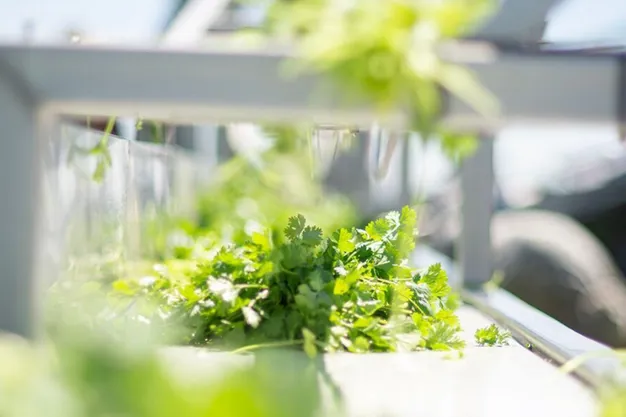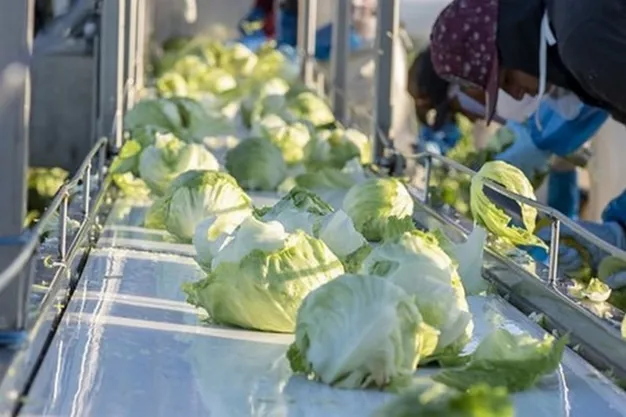As 2024 gets underway, what trends and developments can be expected of foodservice this year? Mark Vaughan of Fresh Avenue weighs in on what he sees in this part of the industry for the coming year.
The economy and foodservice: Undoubtedly the state of the economy is beginning to weigh on the foodservice industry. “I think people are seeing a general softness in volume as consumers come to grips with the inflationary period that we’ve just come out of due to COVID, supply chain issues, general cost run-ups,” says Vaughan. “Everything that consumers are touching right now, they’re paying more for than they were a few years ago.”

That means more consumers are watching their budgets closely--particularly their dining-out budget. “We’re seeing that in offerings from regional and national restaurant groups who are out there giving more promotions to drive traffic. However generally traffic is a bit soft and we project that to continue for the first few quarters of 2024,” he says, noting though that while there’s talk of a potential deflationary cycle that would pull back some of the inflation that’s occurred in the past few years, that may not be seen until Q2 or Q3 of 2024.
Continued focus on prepared produce: Vaughan says with minimum wages being raised, there are cost-efficiency pressures on operators. “Wages are up since COVID between five to 20 percent depending on the job category,” he notes. “So operators are looking for ways to decrease their labor or put their labor towards customer-facing activities versus preparing fruits and vegetables.”
Simpler offerings to stay: During COVID and with the labor shortages even to this day, most restaurant operators have streamlined their supply chain and their offerings. “They’re getting by with fewer ingredients, fewer inputs than they were. That started as a supply chain simplification move but now that’s morphed into simplicity at the back of the house. They’re trying to simplify their back-of-the-house operations so they’ve stayed with a more basic complement of items,” says Vaughan.

A shift in innovation: “I’m not seeing a lot of menu innovation happening from a flavors and trends standpoint,” says Vaughan. “That will pick up as consumers begin to get out and test the waters and want to try new things. For now, I believe it’s staying the course and operators are working with tried and true offerings.”
Instead, the innovation is happening more in labor savings, streamlining and simplifying of ingredients. “It’s innovating back-of-house functions and that takes innovation as well,” he says. This includes throughout 2022 and 2023, introducing robotic machines to tackle tasks such as topping salads and other rote steps being done by workers.
 For more information:
For more information:
Mark Vaughan
Fresh Avenue
Tel: + 1-888-FRESH40
[email protected]
www.freshavenue.com
